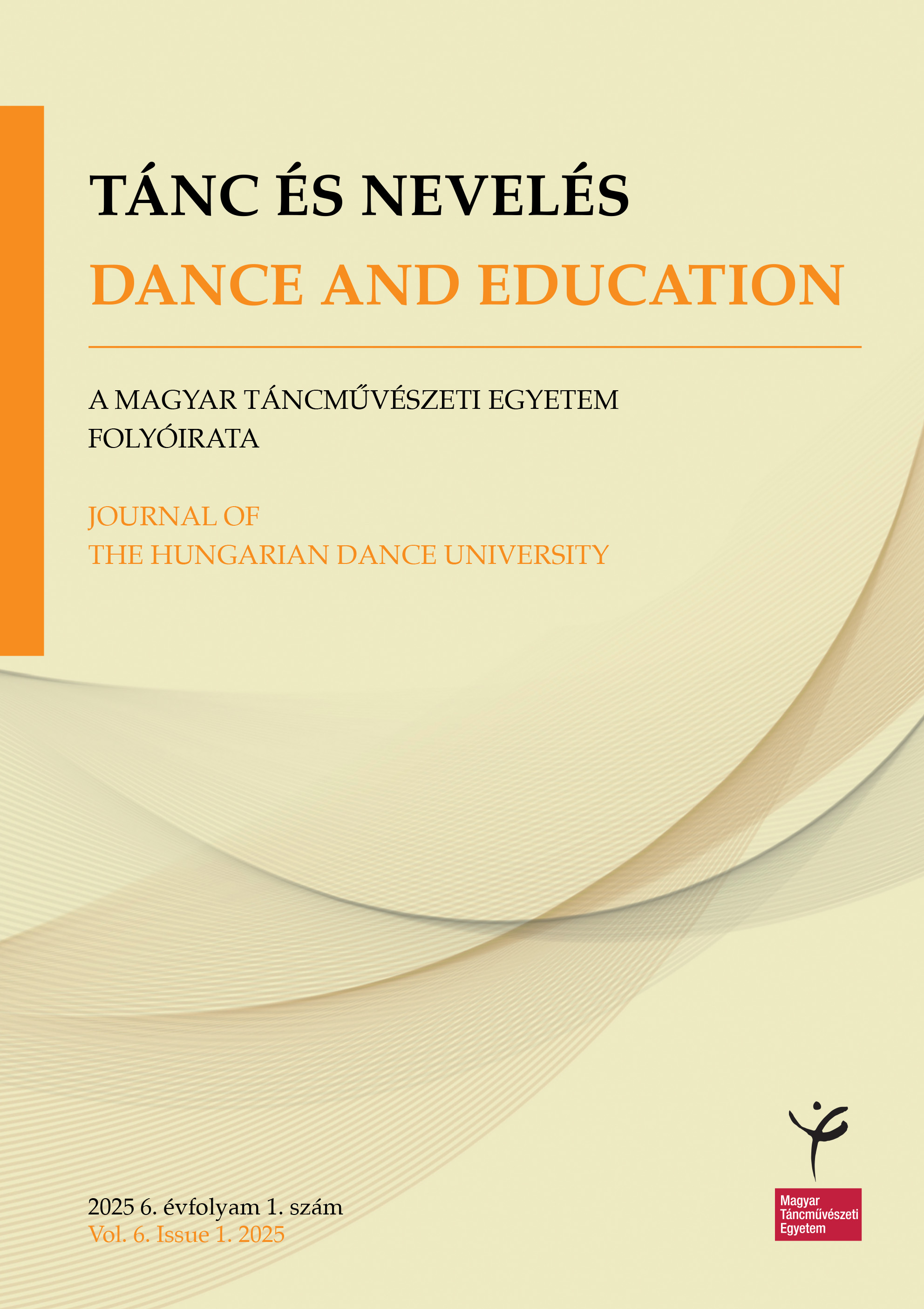The Symbolism of Historical Dances in the Music of Tchaikovsky's Ballet Sleeping Beauty
Abstract
The music of Pyotr Tchaikovsky's Sleeping Beauty has always played and continues to play a significant role in the success of ballet. The Russian composer has gifted the dancers with spectacular scenes, solos and duets. In addition to these, historical dances also appear in the score, such as the archaic sarabande, which seems a rather unusual choice for a 19th century Romantic composer.
In the first half of the paper, I will give a brief historical overview of the role of the suite in Tchaikovsky's compositions, and then seek to answer the question of whether his œuvre contains antecedents for the various dances, especially the sarabande of Sleeping Beauty. For Rudolf Nureyev, one of the greatest ballet artists of all time, Sleeping Beauty accompanied him throughout his creative career. He danced many of its characters, one of his favourite roles being that of Prince Désiré, and as a choreographer he staged it no less than seven times. Nureyev understood the dramaturgical significance of the sarabande and, unlike many 19th-21st century directors, he did not omit the dance from his choreographies.
Copyright (c) 2025 Ilona Kovács

This work is licensed under a Creative Commons Attribution 4.0 International License.







4.png)
